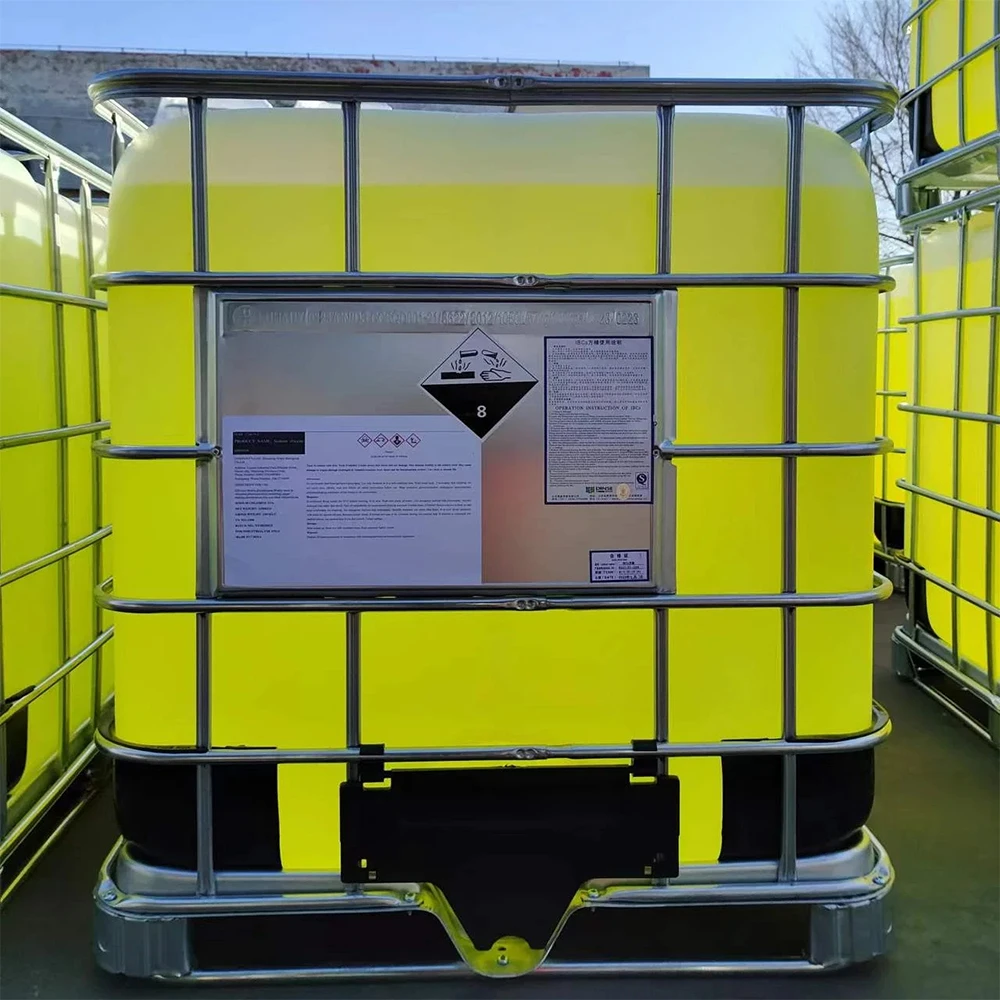



manufacture of calcium ammonium nitrate
Manufacture of Calcium Ammonium Nitrate A Comprehensive Overview
Calcium Ammonium Nitrate (CAN) is a widely used fertilizer in agriculture and horticulture. It is a source of both calcium and nitrogen, which are essential nutrients for plant growth. The manufacturing process of CAN involves several critical steps, each designed to produce a high-quality product that meets agricultural needs.
Raw Materials
The primary raw materials used in the production of Calcium Ammonium Nitrate are ammonium nitrate, calcium carbonate, and water. Ammonium nitrate is typically obtained from the neutralization reaction between nitric acid and ammonia. Calcium carbonate can be derived from natural sources, such as limestone or chalk. The quality of these raw materials significantly influences the final product, ensuring that the nutrients are available in the right form for plant uptake.
Production Process
The manufacturing process of CAN generally follows these steps
1. Dissolution The process begins with the dissolution of ammonium nitrate in water. This creates a concentrated solution that is then mixed with calcium carbonate. The amount of calcium carbonate used is carefully calculated to achieve the desired calcium-to-nitrogen ratio in the final product.
2. Neutralization During the mixing process, a neutralization reaction occurs between the ammonium nitrate solution and calcium carbonate. This reaction produces calcium ammonium nitrate, water, and carbon dioxide. The balanced chemical equation for this reaction can be simplified as follows
\[ \text{2NH}_4\text{NO}_3 + \text{CaCO}_3 \rightarrow \text{Ca(NO}_3\text{)_2} + \text{2NH}_3 + \text{H}_2\text{O} \]
manufacture of calcium ammonium nitrate

3. Evaporation After neutralization, the resulting solution is subjected to evaporation processes to remove excess water. This step is critical as it helps concentrate the nutrient content of the fertilizer, making it more effective for use in agricultural practices.
4. Granulation The concentrated solution is then processed through granulation. In a granulator, fine particles of calcium ammonium nitrate are formed into granules, ensuring uniform size and consistency. This granulation process is vital as it not only improves handling and storage but also decreases the dustiness of the product, making it safer to use.
5. Drying The granulated product undergoes a drying process to reduce moisture levels. Maintaining the correct moisture content is essential in preventing clumping and ensuring the longevity of the fertilizer during storage. The dried granules are tested for quality to ensure they meet industry standards.
6. Packaging and Storage Finally, the calcium ammonium nitrate is packaged for distribution. Proper storage conditions are essential to maintain the quality of CAN, preventing exposure to moisture and contaminants.
Environmental Considerations
The manufacture of Calcium Ammonium Nitrate must also take into account environmental concerns. Nitrogen fertilizers, including CAN, can contribute to environmental issues such as nutrient runoff and aquatic ecosystem disruption. Therefore, production facilities must implement strategies to minimize emissions and manage waste effectively.
Innovations in production technology are also helping to develop more sustainable practices. For instance, research into using alternative raw materials or improving process efficiency can reduce the environmental impact of producing CAN. Furthermore, promoting the right application practices among farmers can mitigate potential negative effects on the environment.
Conclusion
The manufacture of Calcium Ammonium Nitrate is a complex, multi-step process that transforms raw materials into a critical agricultural product. By providing essential nutrients like nitrogen and calcium, CAN plays a vital role in enhancing crop productivity. However, it is essential for manufacturers to balance production efficiency with environmental responsibility to ensure sustainable agricultural practices. As the global demand for fertilizers continues to grow, ongoing innovations in manufacturing and application will be crucial in addressing both agricultural needs and environmental challenges.
-
Why Sodium Persulfate Is Everywhere NowNewsJul.07,2025
-
Why Polyacrylamide Is in High DemandNewsJul.07,2025
-
Understanding Paint Chemicals and Their ApplicationsNewsJul.07,2025
-
Smart Use Of Mining ChemicalsNewsJul.07,2025
-
Practical Uses of Potassium MonopersulfateNewsJul.07,2025
-
Agrochemicals In Real FarmingNewsJul.07,2025
-
Sodium Chlorite Hot UsesNewsJul.01,2025










